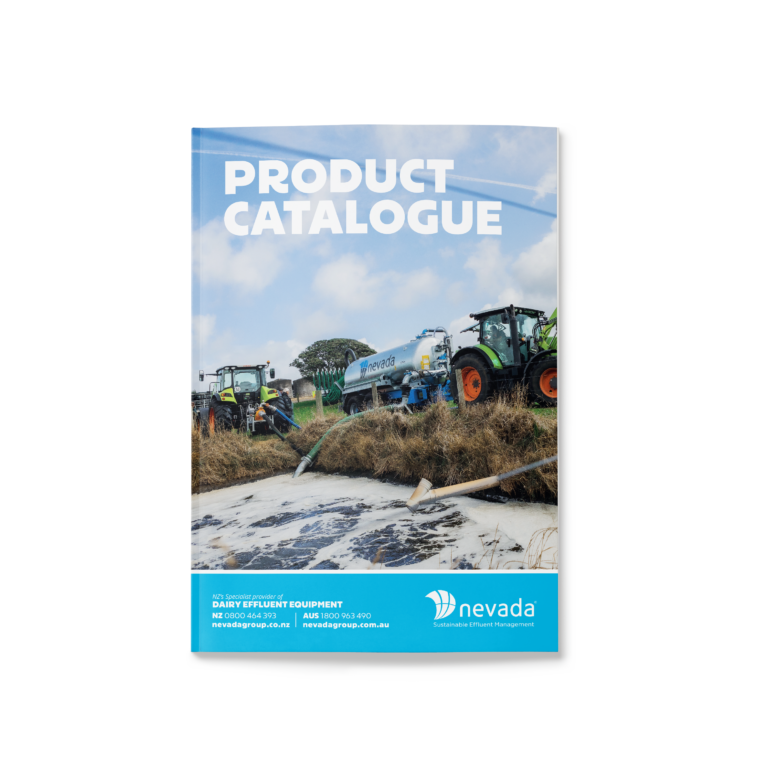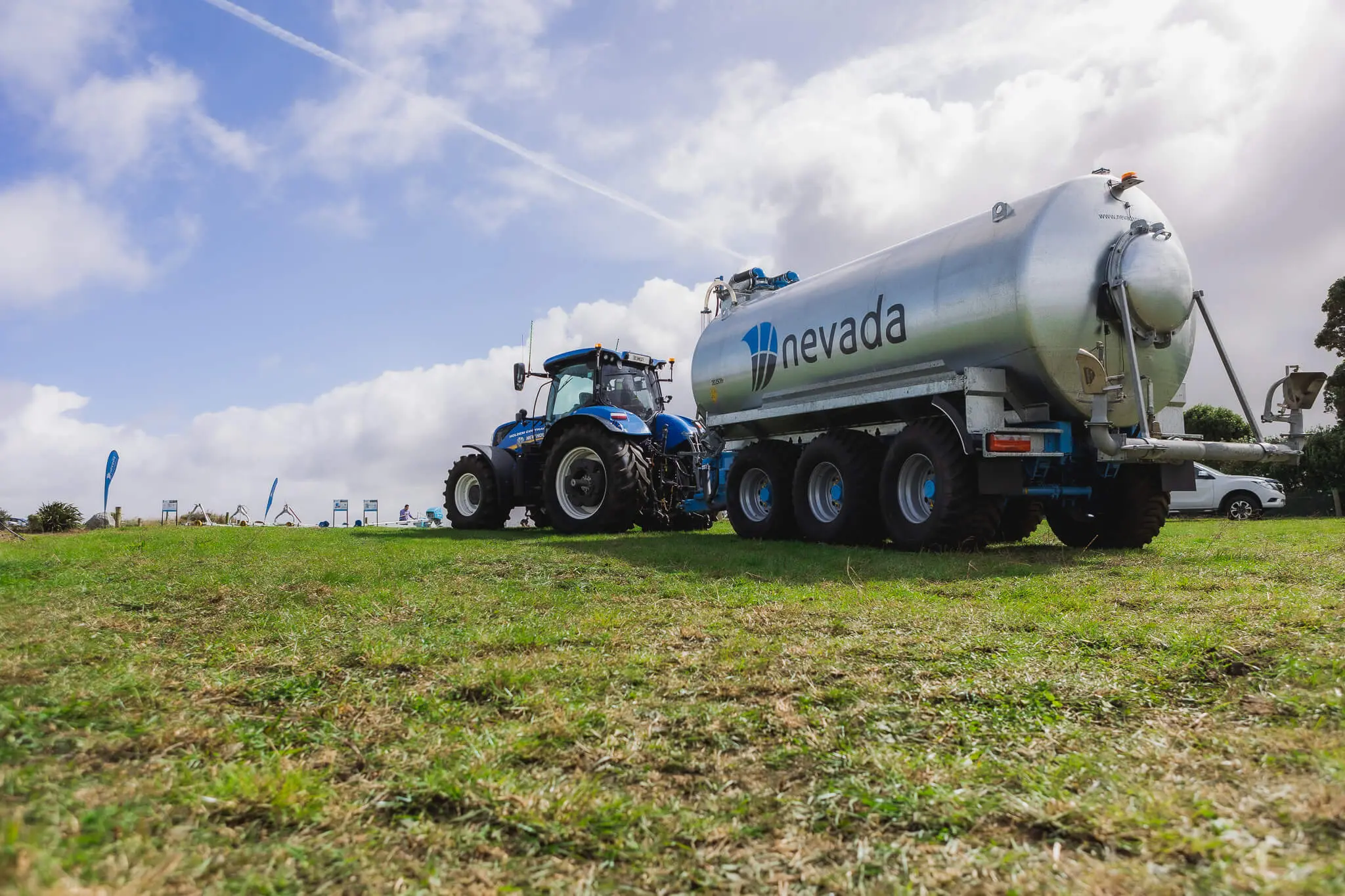- Sustainable Effluent Management
It’s one that gives you maximum benefit from your investment. We see this as an effluent management system that is:
Below are 5 of the most cost effective strategies for dairy effluent management systems…
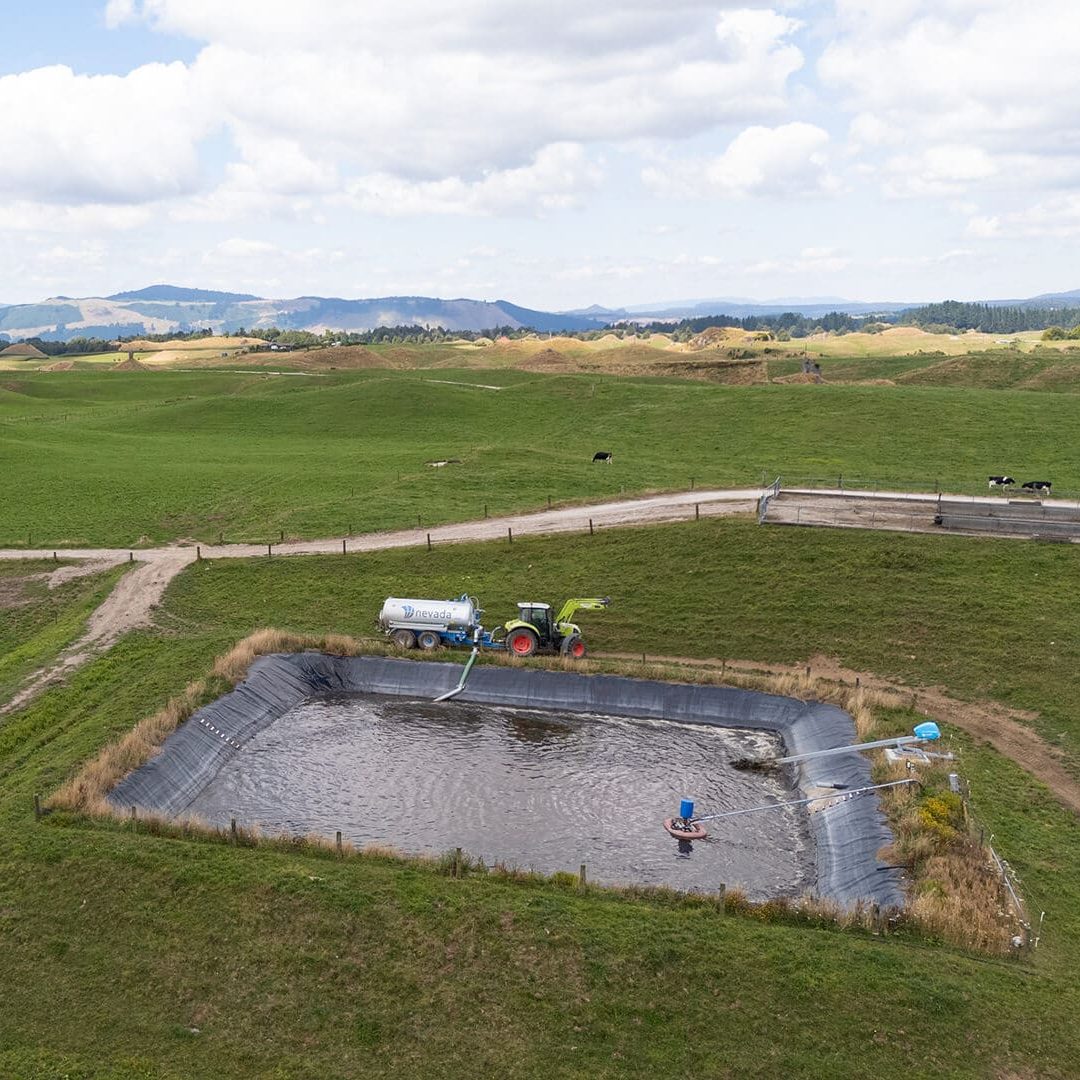
From the milking shed to storage, you want to minimise processing. The most efficient method is to have all your effluent draining by gravity into one single storage facility.
Well having your milking shed located slightly higher than the effluent storage pond allows the effluent to run naturally into the pond – no need for double pumping or extra work in solids separation. This set up will save you time, labour, and energy costs.
When choosing storage for your effluent management system, where possible go for a HDPE lined effluent pond.
Lined effluent ponds are by far the most common method of storage within the wastewater industry.
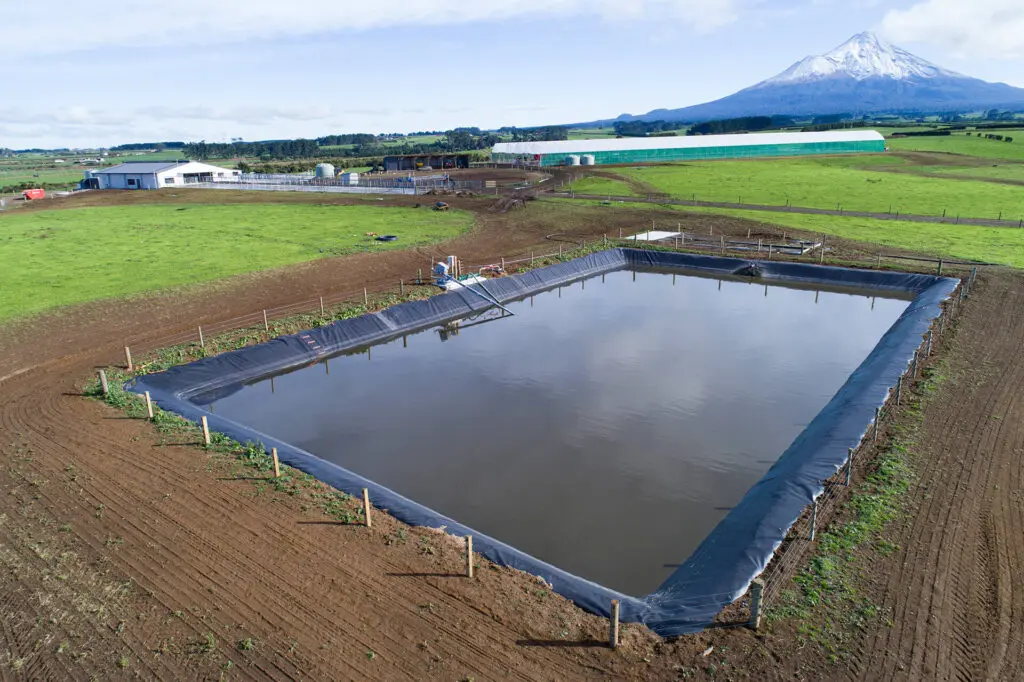
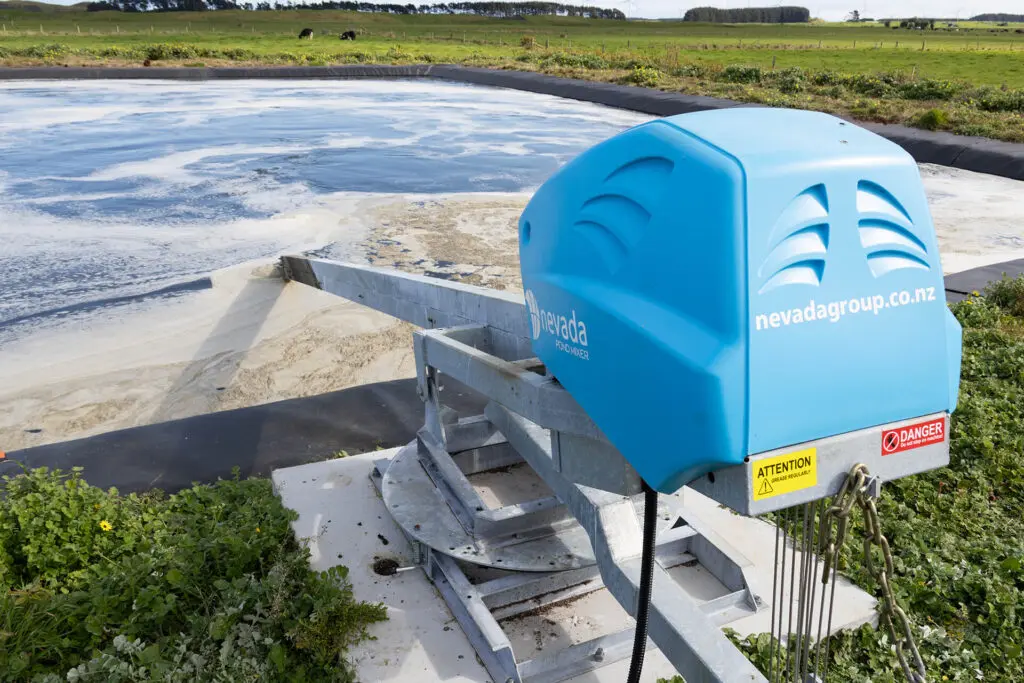
To get the best result from spreading your nutrients, it’s always recommended you give the pond a good stir first.
Aim for a shore mounted stirrer with Typhoon™ propellor. Why?
A positive displacement pump is the way to go for cost efficiency. The beauty of these pumps when it comes to managing effluent are:
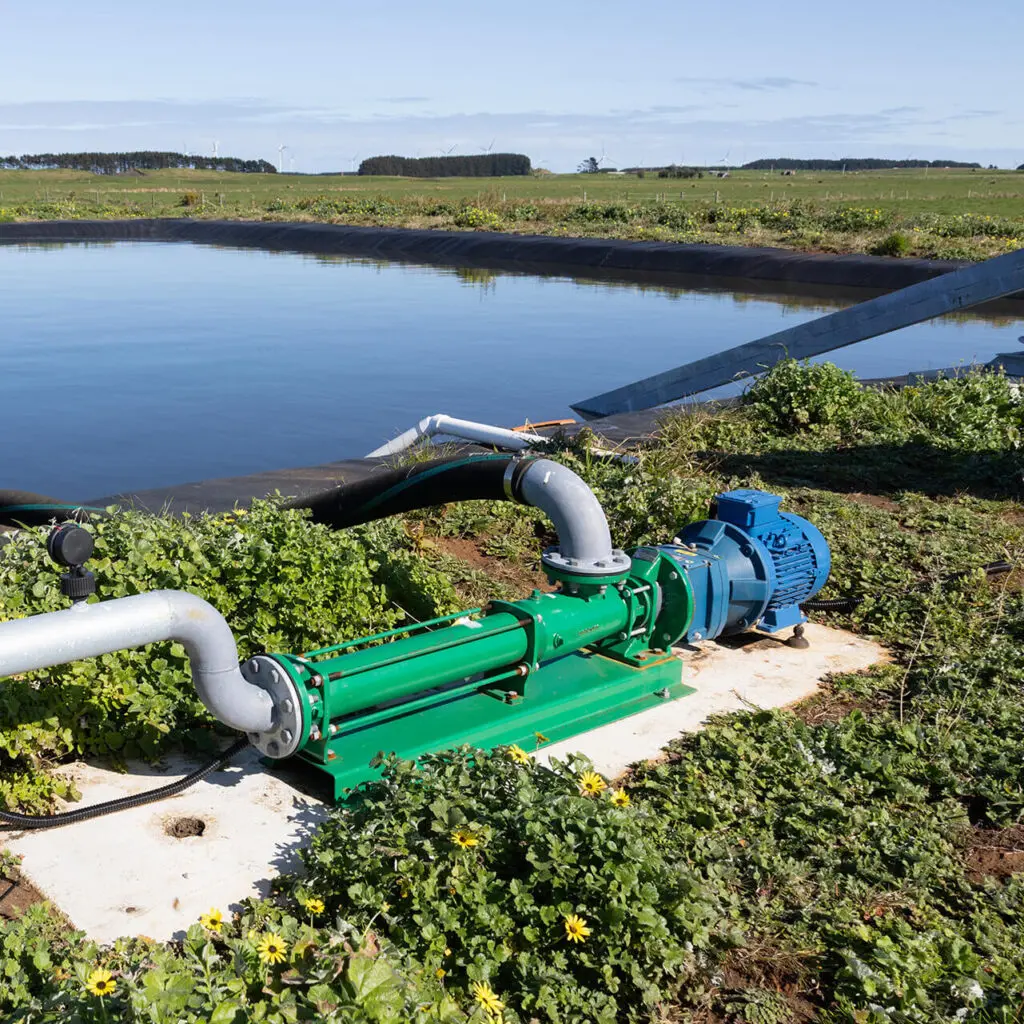
To make the most of your effluent nutrients, it’s best to use a low pressure spreading system. Low pressure effluent spreading systems such as a Nevada RainWave™ slurry tanker, RainWave™ drag hose system, or traditional travelling irrigator cause less volitisation than high pressure systems, meaning more nutrients make it to the ground available for pasture to drink.
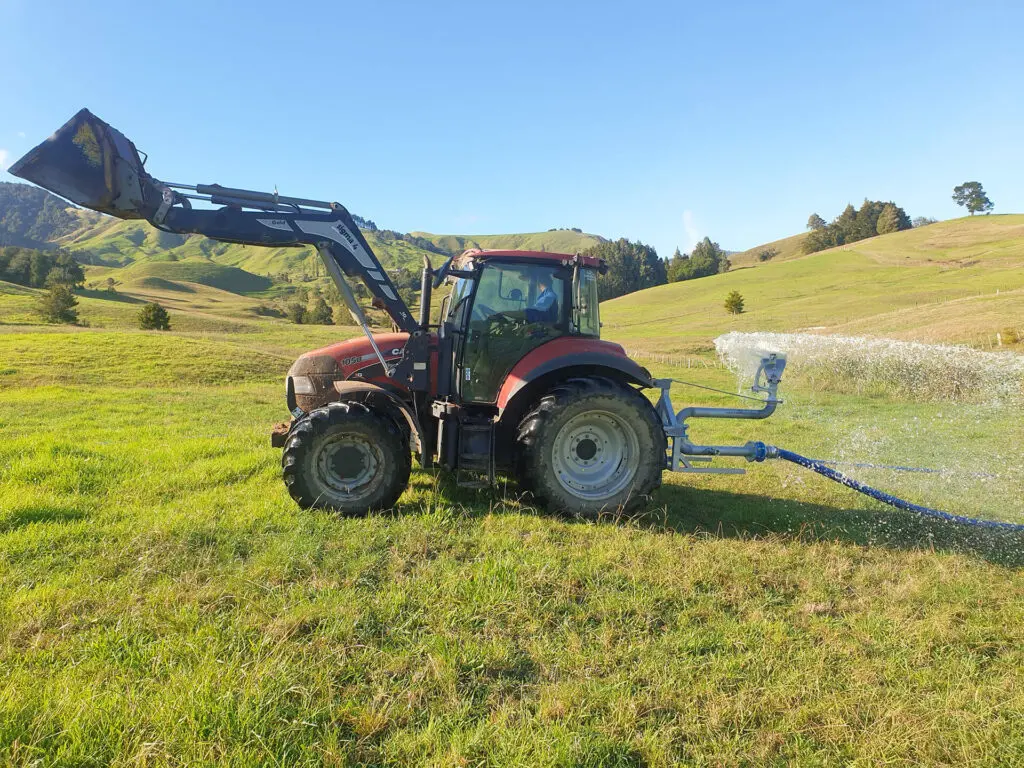
Receive fortnightly email newsletters with the latest insights from Nevada!
Receive fortnightly email newsletters with the latest insights from Nevada!
Copyright © 2025 Nevada Group
"*" indicates required fields
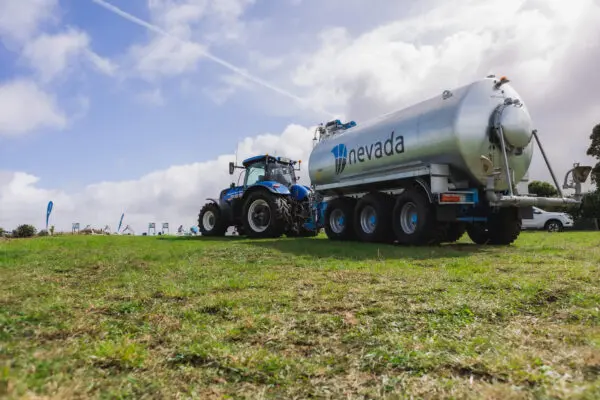
"*" indicates required fields

"*" indicates required fields

"*" indicates required fields
